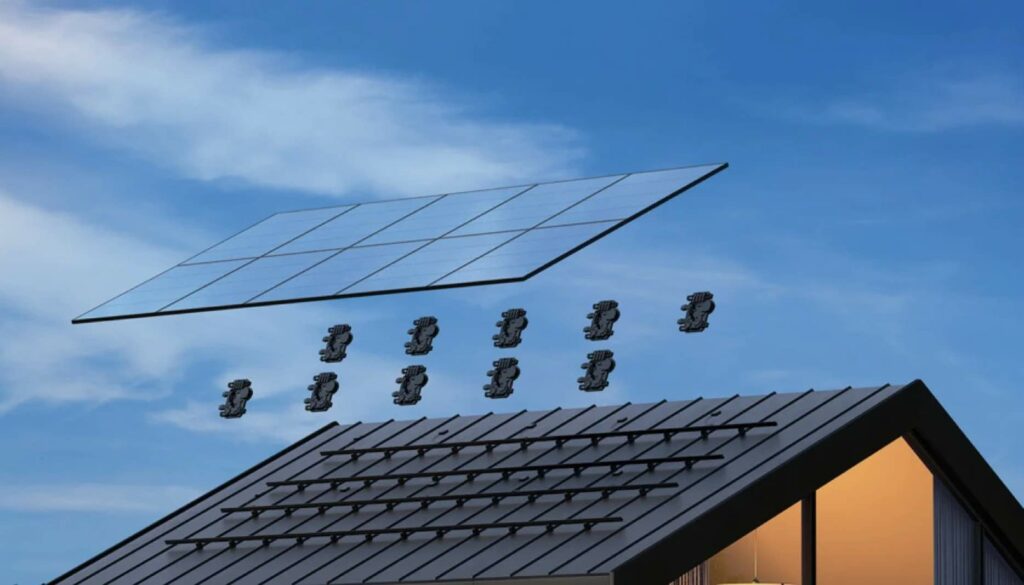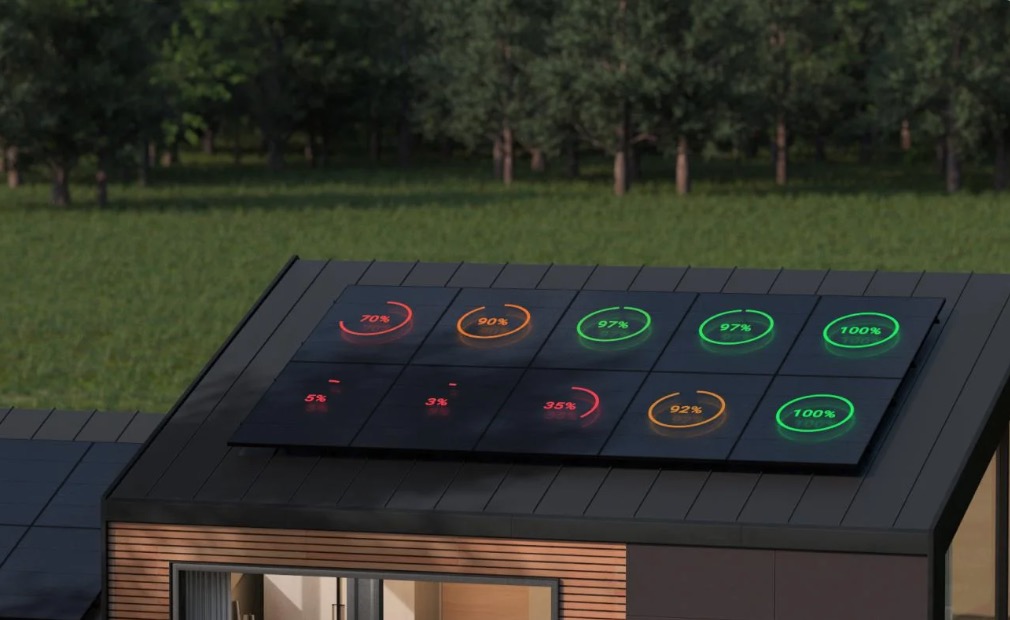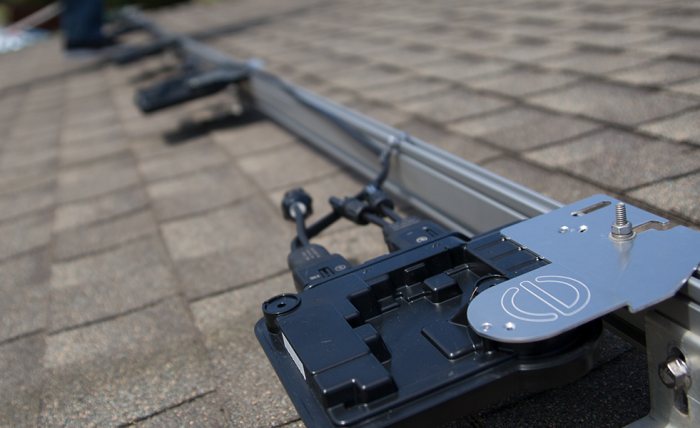Last update July 10th, 2024 at 05:23 pm
For Australians looking for high-quality microinverters, Enphase is often among the top choices. Here is everything you need to know about Enphase microinverters!

First of all: What is a solar inverter?
A solar inverter is an important part of any solar panel system. The inverter’s job is to convert direct current (DC) generated by the photovoltaic system to alternating current (AC) for your home or for transport into the grid.
Your home appliances will need a 120/240 V AC output to work. In other words, you can’t use the solar power generated without a solar inverter.
So, what are microinverters?
There are several types of solar inverters on the Australian market. Among these, we find both string inverters and microinverters. The string inverter is the most common residential inverter type in Australia.
For solar systems with a string inverter, all the panels are connected to one central inverter. The challenge with this inverter type is that the shading of just one solar panel will reduce the efficiency of all solar panels.
Microinverters are generally more expensive than string inverters, as there is one small inverter for each individual solar panel. But the extra cost will also bring a huge advantage: If the efficiency of one panel is reduced, it will not affect the rest.
With microinverters, you will also get a more flexible solar panel system, as you may expand it easily. You can also monitor each individual panel’s performance, which is not possible with a string inverter.

What are Enphase microinverters?
Enphase microinverters are solar microinverters produced by the American company Enphase Energy, which has been on the market since 2006. The company is known for its innovative solutions and was the first one to produce microinverters back in 2008.
Enphase soon became one of the most popular manufacturers of solar inverters, and microinverters specifically. By 2011 the company had sold more than 1 million inverters. In 2012, inverters from Enphase were introduced to the Australian solar market.
Today, Enphase has offices around the world, including a head office located in Melbourne. In New Zealand, the company also has its own research facility, where its goal is to keep producing innovative solutions for the solar industry.
Are Enphase microinverters a good choice?
Yes! Actually, Enphase is considered one of the leading manufacturers of microinverters. Their microinverters are often among the winners in solar product reviews, and the company also has many good user reviews.
Compared to many other microinverters on the market, Enphase can offer a more interactive and user-oriented product experience. You may also expect a 10-year warranty on their microinverters.

Specifications of different Enphase microinverters
Enphase manufactures different types of microinverters, and these may differ when it comes to output power and maximum voltage.
The models described below also have many common specifications, including weight (1.08 kg), warranty length (10 years), origin of production (Asia or North America) and which temperature range they can operate in (-40 to +65 degrees Celsius).
They also have the same dimensions of 212 x 175 x 30.2 mm, and their efficiency is identical (96.5%).
Enphase IQ 7A
Enphase IQ 7A has a peak power output of 366 VA, which is the highest of the three models. The highest continuous output current is 349 VA, and the maximum DC voltage is 58 V.
Enphase IQ 7+
Enphase IQ 7+ is very similar to Enphase IQ 7A, but has a peak power output measured to 295 VA. The maximum continuous output current is 290VA, while the maximum DC voltage is 60 V.
Enphase IQ 7X
Enphase IQ 7X has a peak power output of 320 VA, and a maximum continuous output current of 315 VA. The model also has a maximum DC voltage of 79.5 V.
Pros and cons associated with Enphase microinverters
If you consider buying Enphase microinverters, you should know that there are many good reasons to do so. At the same time, Enphase inverters are not necessarily the best option for everyone, as they are among the most expensive inverter types on the solar market.
Here are the pros and cons you may expect from Enphase microinverters:
Positive
- Access to a local support team located in Melbourne
- Possible to monitor each solar panel individually
- User-friendly error detection
- May increase the solar system performance by up to 3.1% compared to systems using a string inverter
- High quality
- 10-year warranty
Negative
- Expensive
- You will need an extra inverter to connect the microinverters to a solar battery
Are Enphase microinverters the right choice for you?
If your budget allows you to, Enphase is among your best choices if you are looking for microinverters. Enphase microinverters may be expensive, but they are also highly efficient and of high quality.
Please consult a solar installer to find the best option for your solar system!